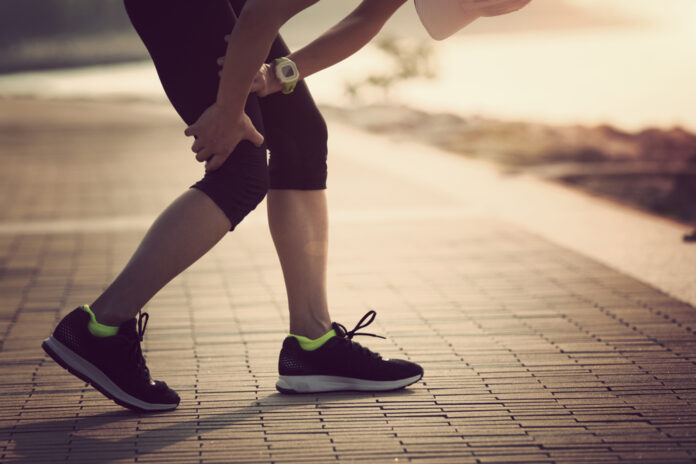
Knee injuries are challenging to deal with for any active person. Even slight knee pain can alter your daily routine and diminish your quality of life. One common knee injury is called jumper’s knee. If it isn’t adequately treated, jumper’s knee can lead to more significant issues that require more extensive treatment.
The Basics of Jumper’s Knee
Jumper’s knee is also called patellar tendonitis. The patellar tendon connects your kneecap (patella) to your shin bone (tibia). Swelling of this tendon can cause a variety of different issues, including:
- Generalized pain in the patellar tendon
- Pain when jumping, running, walking, or straightening your leg
- Swelling in the knee
- Tenderness in the area just below the kneecap
When jumper’s knee occurs, it is usually a signal that the tendon is compromised, but if left untreated, it can lead to significant tears or rips in the tendon that require advanced treatment to heal and recover.
How is Jumper’s Knee Caused
As the name implies, jumper’s knee can frequently be caused by jumping. However, this injury is associated with the overuse of the patellar tendon. It can also be caused by repeated stress to the joint, mainly when conducting jarring activities on a hard surface.
Diagnosing and Treating Jumper’s Knee
Fortunately, diagnosing jumper’s knee is a relatively simple procedure and is often a routine part of identifying various knee conditions. Typically, an initial physical exam and an X-ray are used to confirm the presence and extent of the injury.
Once your doctor has determined that you have jumper’s knee, they can work to begin the treatment process. There are a variety of treatment options that can be used, but the most common include:
- Rest – staying off of the injured leg or reducing the overall stress on the tendon can allow your body to heal the injury naturally.
- Ice – Ice should not be applied constantly but rotated for a short duration to allow cooling periods. Ice can help reduce swelling of the tendon and enable you to maintain movement. Just check the skin to ensure you don’t damage the tissue.
- Compression – Gentle compression, such as a soft elastic bandage, can help to reduce swelling. It is crucial to maintain blood flow to the injured area and the lower leg when using compression. If you begin to feel numbness or tingling, remove the bandage.
- Physical Therapy – Slowly adding strengthening and stretching exercises can be an essential aspect of rehabilitating an injury. Physical therapists also have a wide range of non-invasive treatment techniques to help you quickly recover from your injury and return to your everyday routines.
If you have knee pain, it is vital to seek medical help to receive the appropriate treatment and diagnosis. Seeking care early can often reduce the time and discomfort it takes to recover from an injury.


















